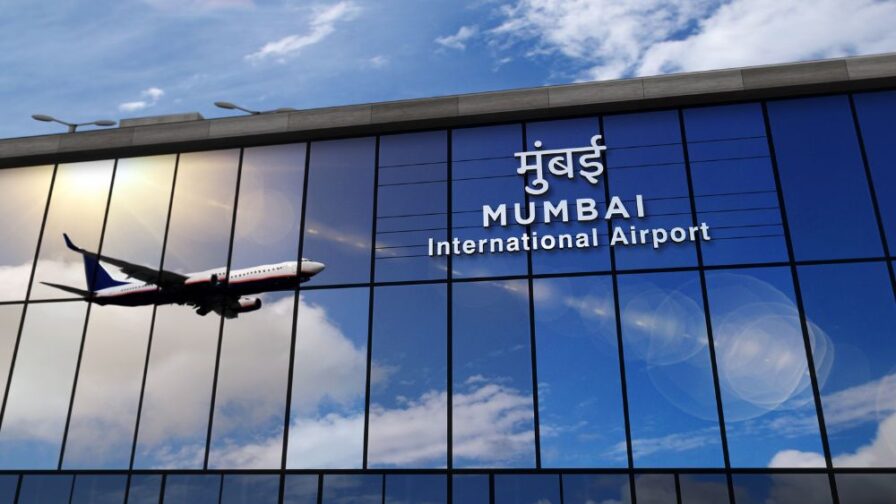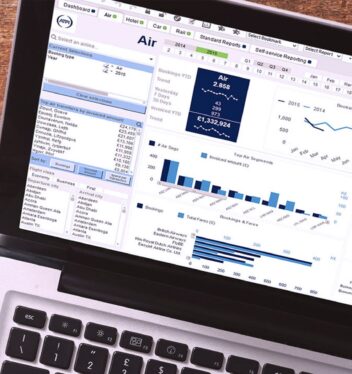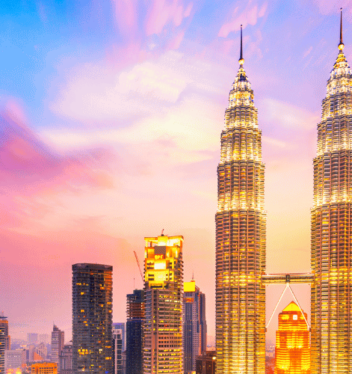Bharat Mehrotra on rising airfares in India

Bharat Mehrotra, our ATPI branch Head in Delhi, shares insightful thoughts on current airfare trends in India with forecasts for the remainder of the year, and the complex dynamics behind the surge in Indian domestic airfares. Stay ahead with expert insights!
Significant Increase in Domestic Airfares
Domestic airfares have jumped by up to 30% between January 2022 and May 2023 compared to the pre-pandemic period of January to December 2019. It’s not simply supply and demand that decides airfare—multiple factors, including the availability of the operational fleet, movement of crude prices, and much more, come into play when determining prices.
Factors Driving Demand and Capacity Constraints
Demand has been increasing due to a combination of factors this year. First, we are operating in a high season. Secondly, Go First, which used to operate on 315 routes, is no longer servicing those routes. Consequently, we have had a capacity squeeze in airline seats. Because of this, demand has skyrocketed, and the average seat load factor has reached an all-time high, leading to an unparalleled surge in ticket prices.
“The reduction in available routes and the surge in travel demand during peak season have created a perfect storm for increased airfares. Without a significant increase in seat availability, we can expect these prices to remain elevated.”
Bharat Mehrotra, ATPI Branch Head in Delhi
Future Outlook on Airfare Trends
Until the supply of seats reaches the pre-COVID-19 levels, fares are expected to continue climbing.
Growth in India’s Travel Expenditure
India’s total travel expenditure is set to touch $410 billion by 2030. In 2022, India recovered 61% of its pre-pandemic market, with 13 million outbound tourists—a much quicker recovery than most Asian countries. Indian travellers are projected to make 5 billion trips in 2030, up from 2.3 billion in 2019.
Changing Patterns in Travel Planning and Booking
There has been a remarkable change in the way Indian travellers now plan and book their trips, both domestic and international. Indians are spontaneous travellers for domestic bookings, with 46% of domestic flight bookings made less than a week before the date of travel. International bookings, however, witness a longer planning period, with 51% of international flight bookings made at least 15 days before departure. Indian travellers, even those on a budget, are willing to spend a bit more for extra comfort.
Airlines’ Adaptation to Fee-Based Services
Airlines have become adept at adding fee-based services over the past few years. Services that used to be free, like check-in baggage and seat selection, now often come with extra charges. This shift has given airlines a unique chance to either include the cost of seat selection in the base ticket price or use forecasting methods to manage pricing while still meeting the seating requirements for parents and children. However, when ticket prices are similar across segments, it’s harder to predict demand for each category.
New DGCA Circular and Its Implications
A new circular from DGCA, issued in April 2024, lists certain services that, if separated from the ticket cost, can lower the base fare. Some of these services include preferential seating, meal/snack charges, and check-in baggage fees. Experts feel this will require airlines to make operational changes. As a result, they need to find ways to balance the new rules with creative revenue management strategies.
Challenges in the Indian Aviation Industry
The Indian aviation industry has struggled to grow at the pace of interest in air travel. According to surveys and reports, air traffic in India has increased fivefold, from 61.42 million to 327 million. Meanwhile, the number of planes has grown from 400 to 700, and the number of airports from 74 to 141. This mismatch is the reason behind many of the issues we’ve seen in recent years.








